Sometimes things get stereotyped for a reason. I don’t see a need to further elaborate on this, as those of us who live in the real world already know it. Guns have the same problem in popular culture. M16’s (AR’s) jam and are unreliable. AK’s are in accurate, but indestructible. Hi-Points are never bought, only stolen, etc.
You get it. The 300 BLK was designed around suppressors, and reader Jeff A asks this:
Thank you for publishing the above referenced article. It was helpful and your opinions on this caliber are much appreciated. I do have a couple of lingering questions due to the fact that suppressors are illegal in my home State of Delaware: In light of this fact, does it still make sense for me to purchase a 300 blackout pistol with a 10.5″ barrel vs. 5.56×45 in the same barrel length for home defense?
Secondly, is the sound from using this caliber pistol in a confined space greater than 5.56×45, and should I strictly use supersonic 300 AAC if my pistol is unsuppressed. Thank you very much for your time and responses. They will be very much appreciated.
Getting straight to the point, it sucks that Jeff is in Delaware when places like Texas and New Hampshire exist. I know, I know, moving isn’t easy these days and he probably has an established life there. Anyway . . .
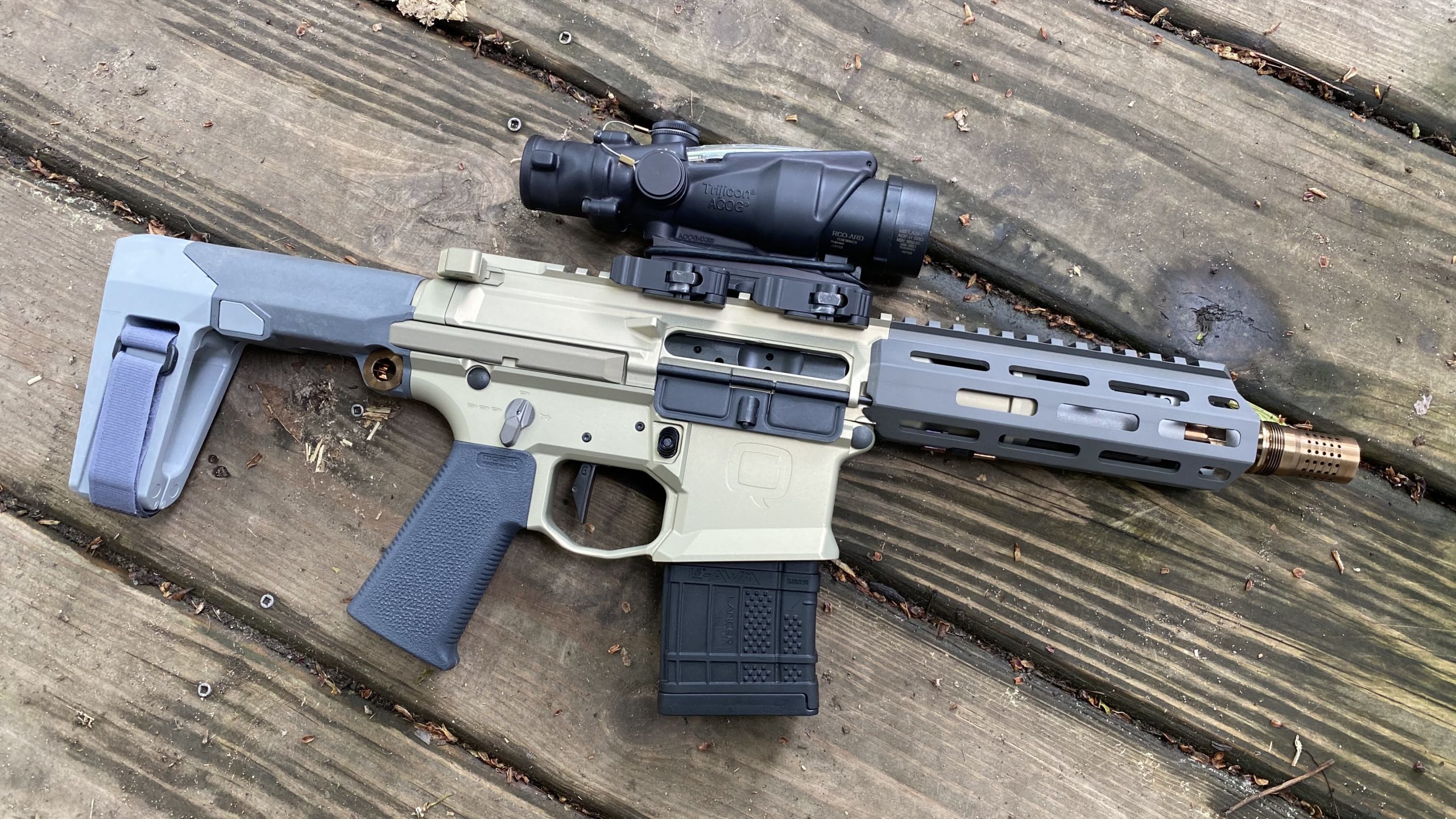
Suppressors and the 300 BLK are tight, but not inseparable. In the years since it was first introduced and became popular, it has since taken on a much larger evolution, but so much of the lore around the caliber is from a decade ago. That’s a long time and as as things have progressed with the AR and suppressor market, so has development and popularity of the 300 BLK round.
Today we have a couple schools of thought with the 300 BLK, divided into NFA and Non-NFA camps. The former makes heavy use of the cartridge for its subsonic capabilities and the latter for its real and functional use as an outdoorsman’s AR round.
I have noticed that, over time, there has been a distinct separation in these end uses with some companies going so far as to specialize in one or the other. The Q Honey Badger seen in this article is certainly in the NFA camp, as it’s a super-compact weapon that is at its best suppressed.
Others have embraced the 16” 300 BLK as a hunting platform and really only shoot supersonic loads with it. It’s insanely popular with hog hunters across the country and most of these guys treat the rifle and supersonic loads as a sort of medium range ranch rifle.
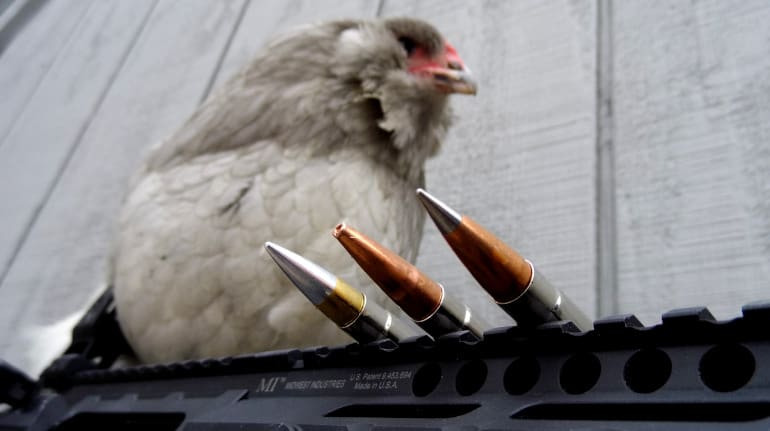
Looking at the self-defense angle for Jeff, we are again looking at a matter of perspective. A 10.5” 300 BLK is indeed more powerful than a 5.56 from the same barrel length, however for home defense I don’t really see there being too much of a practical difference.
The 5.56 and 300 BLK from this barrel length will be equally effective at point blank, and since I’m assuming the same platform would be used for either, the overall length and ergonomics won’t change either. At inside-the-house distances, it isn’t going to matter much. The 300 firing supersonic will have a little more recoil, but not by much.

The second point Jeff made was about blast in a confined space. Jeff, let me tell you from firsthand experience that there is a reason people wear muffs in a shoot house. ANY gun is loud as hell in a hallway. When I function check a firing pin using a primed case it makes my ears ring and that’s just a primer.
Guns are loud, and they will destroy your hearing in indoor situations. I don’t have industrial grade decibel meters, but I’ve shot shorty guns like this in these types of spaces and I don’t think you’ll really notice much of a difference because it will suck either way.
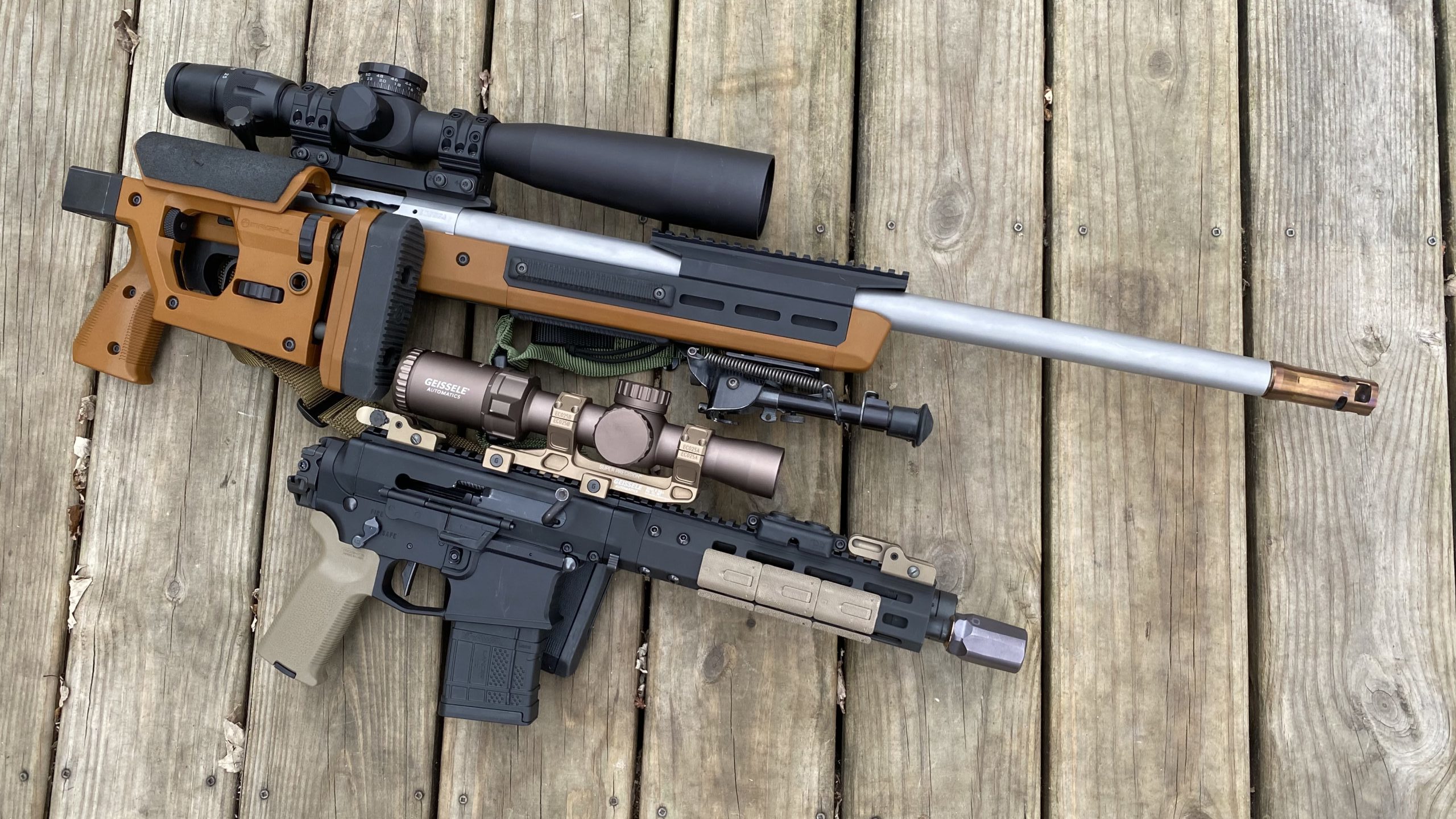
As far as supersonic ammo goes from a 10.5” barrel unsuppressed, that’s really your only choice if you want your pistol to work. I’ve never seen an AR cycle using subsonic ammo unsuppressed. And at that rate you’re really looking at something clumsy and not even as powerful as some .45 ACP loads out there which, in at in-home distances, would be just as good.
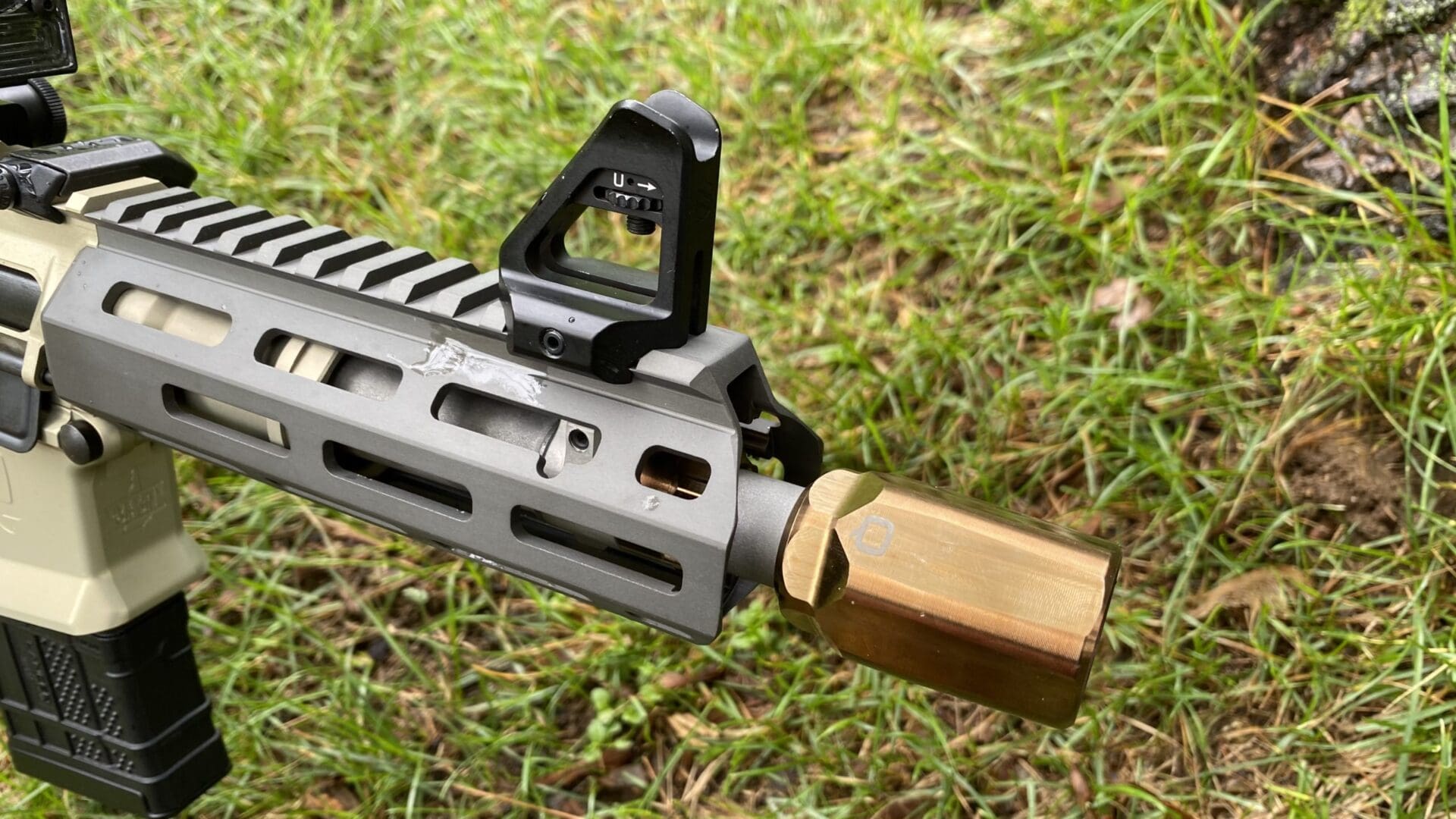
Supersonic is really the only way to go here and from an 10.5” barrel you’ll be getting plenty of power and energy. Something like a 110-125gr bullet should still be over 2000 FPS from this length and that’s plenty for medium game in a pinch as well should it be legal in your jurisdiction. You’ll basically be getting performance akin to a 7.62x39mm AK…minus just a bit.
Depending on the ammo you buy, you can get low-flash powders. If you can’t get a suppressor, you may want to check out something like a flash can that threads on over a muzzle brake. The one in this article attaches to the Q Cherry Bomb brake. It does nothing to suppress noise, it just redirects blast away from the muzzle. They call this one the Whistle Tip, but other companies make their own versions, usually with unnecessarily tacti-cool names.
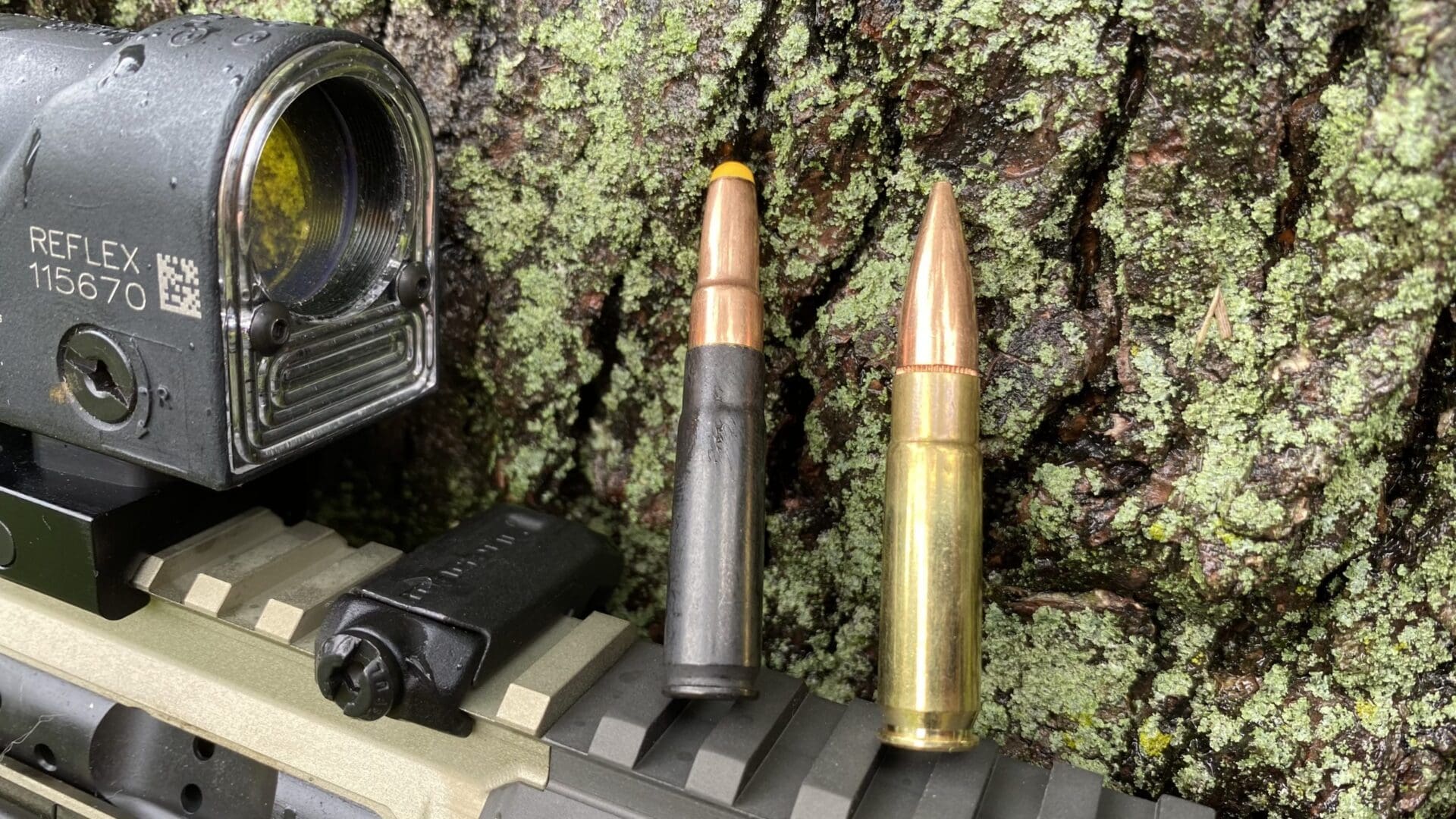
So Jeff, I don’t think you’ll be at a detriment going with a 10.5” 300 BLK. Far from it. If you plan to keep it handy for home defense, that’s a great role for it. If it ends up becoming a range toy or a little truck gun, all the same. You’ll have fun with it no matter what.

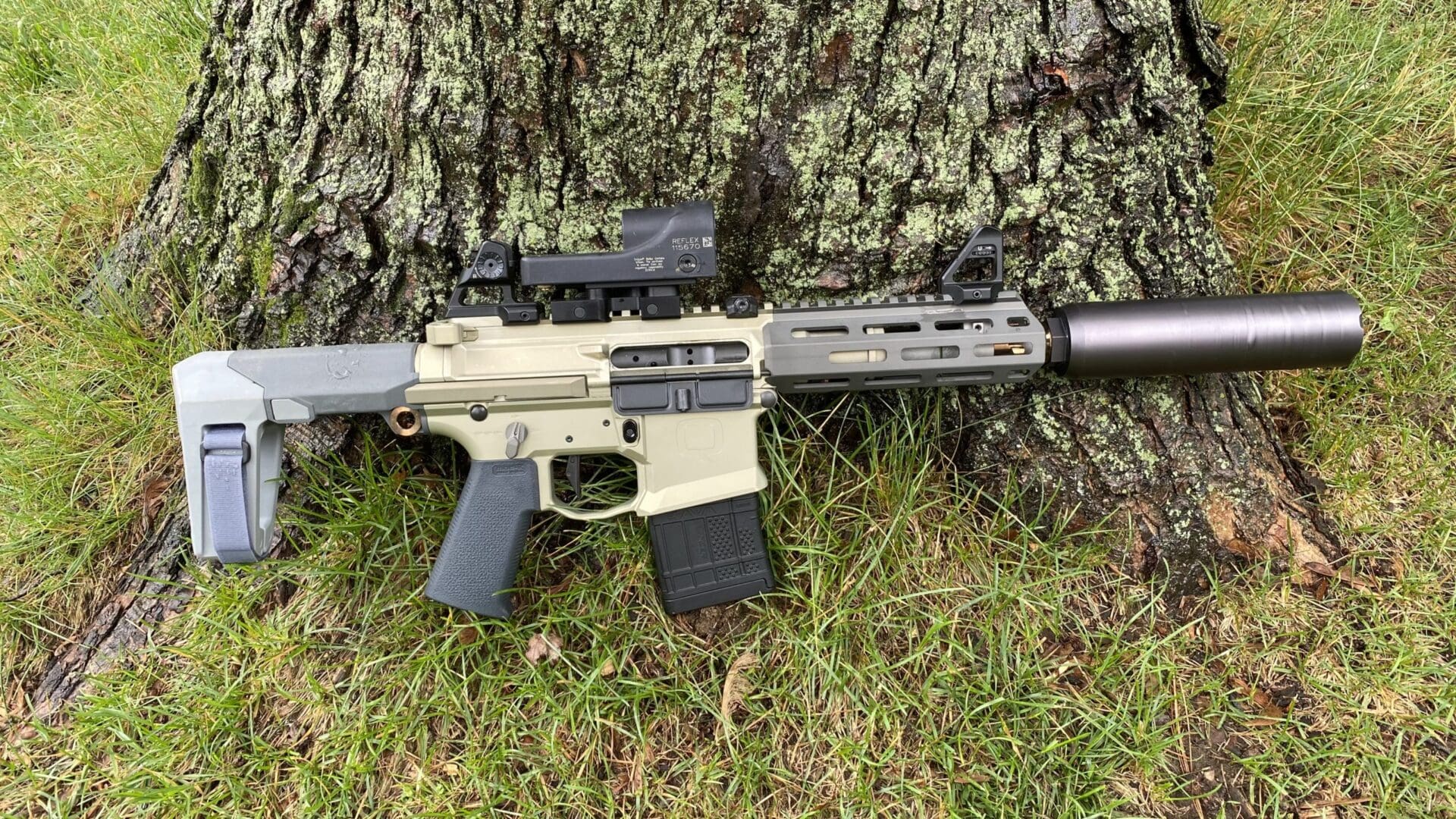
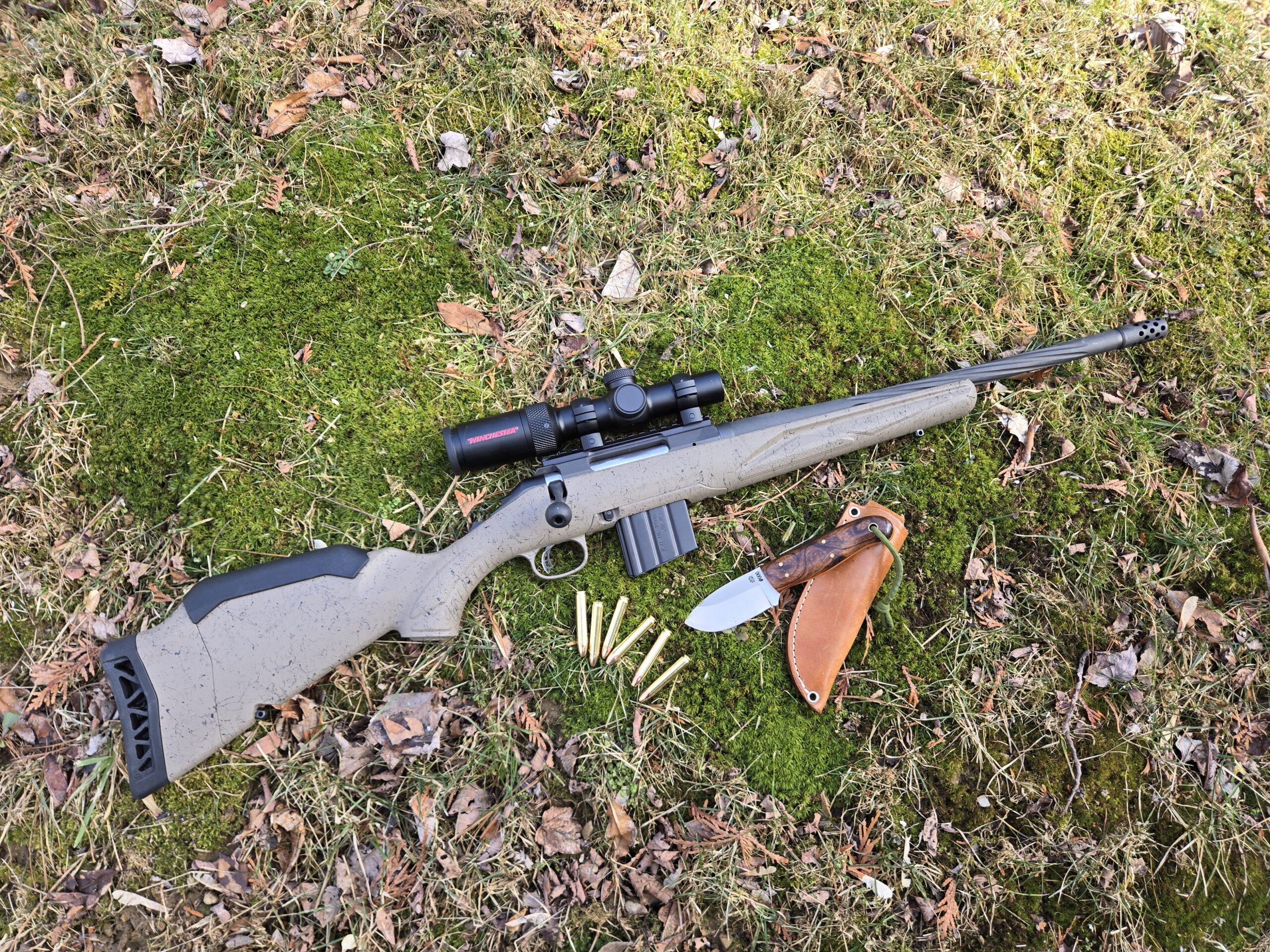

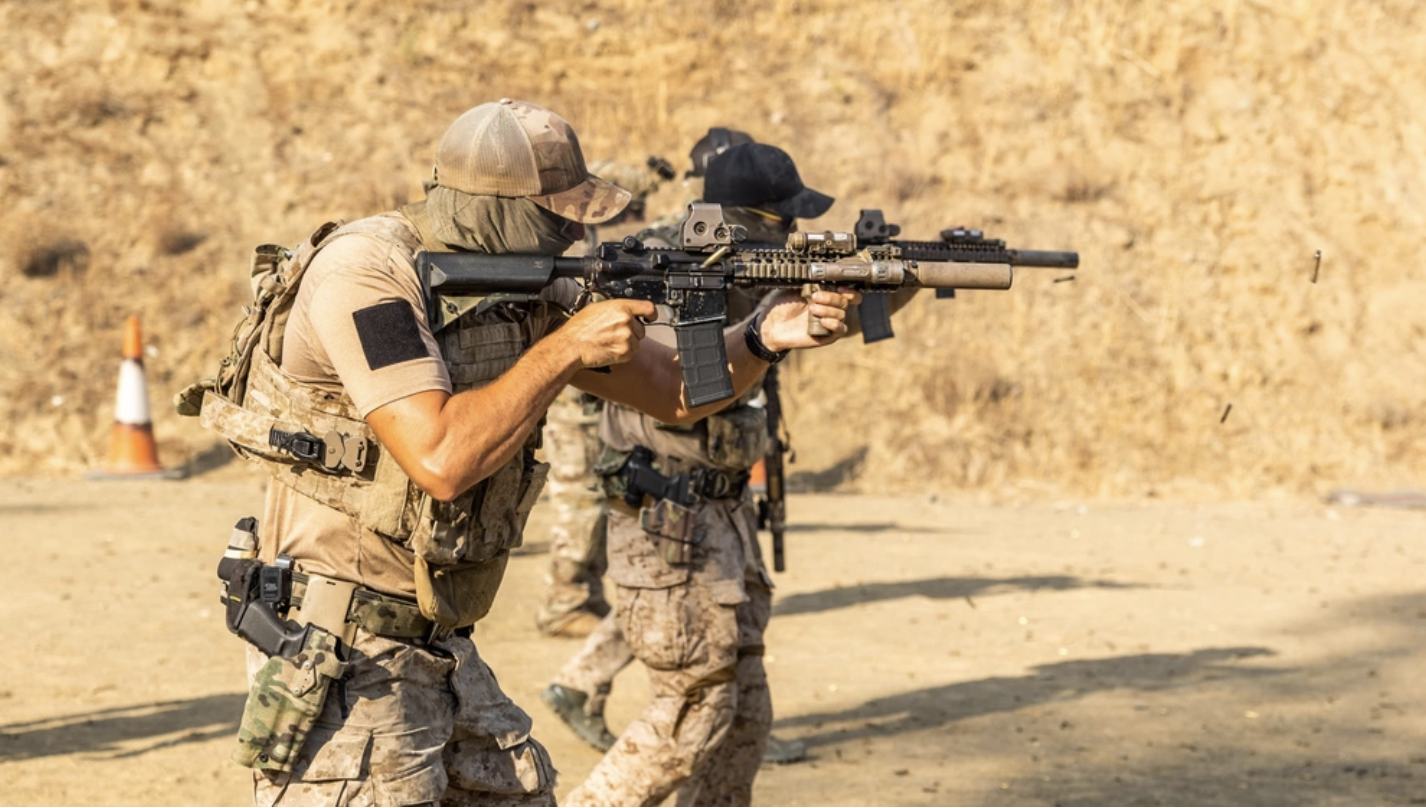
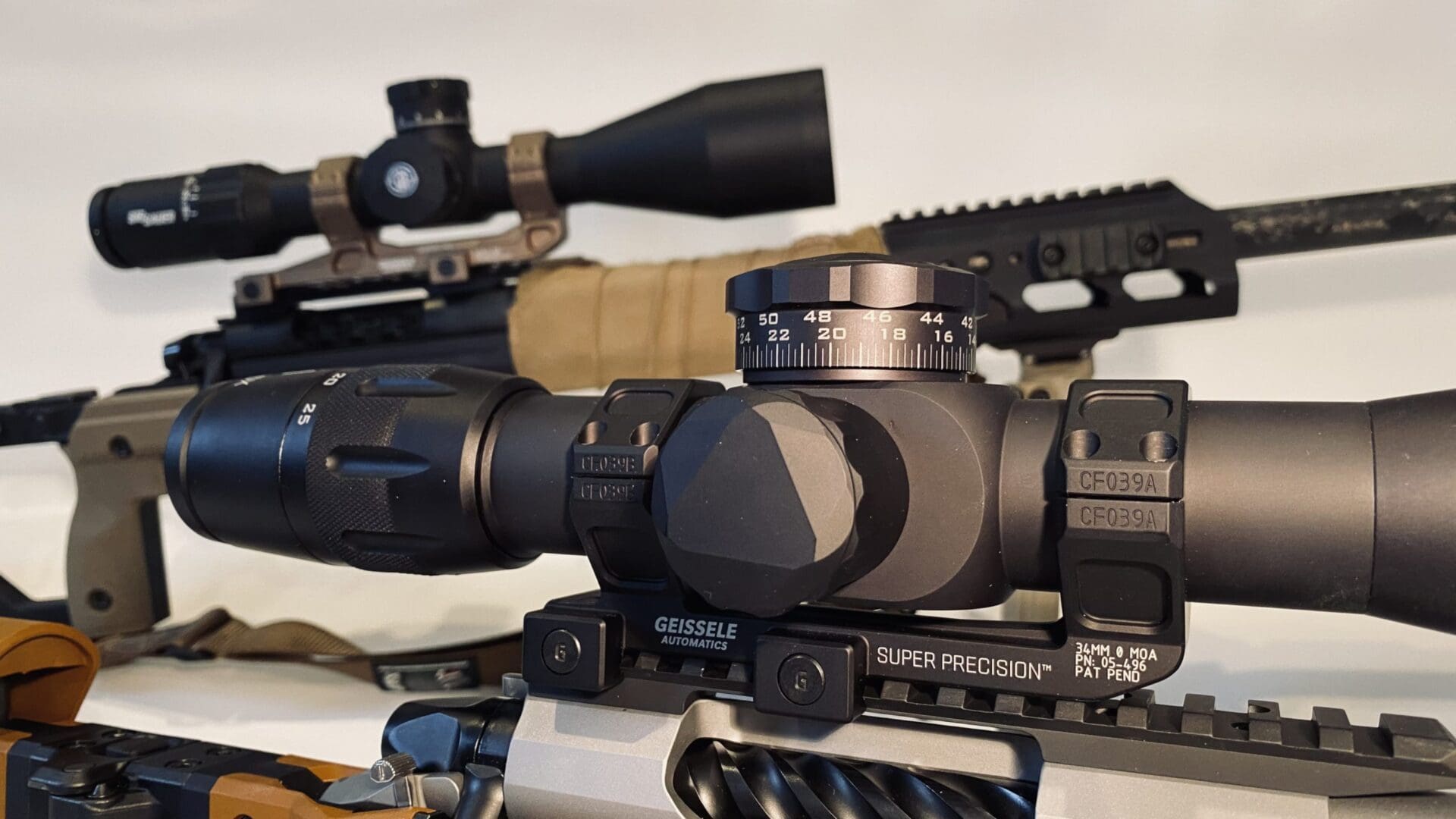
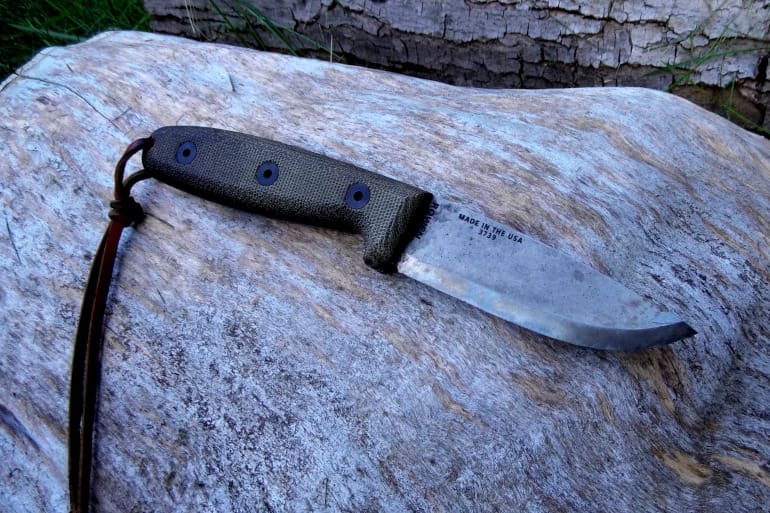


Josh, thanks very much for your informative responses to my questions. Much appreciated.
Jeff A.
Lethality: It is pretty true that a double-lung hit with arrow or bullet will put a running deer down in about 12 seconds. At 15mph, that would be less than 100yds. A .30 US Carb will do it too. “You don’t need to explode a brown deer into a red mist to kill it”, Jack O’Connor(?).